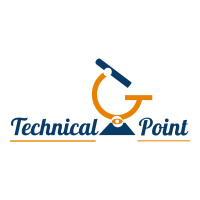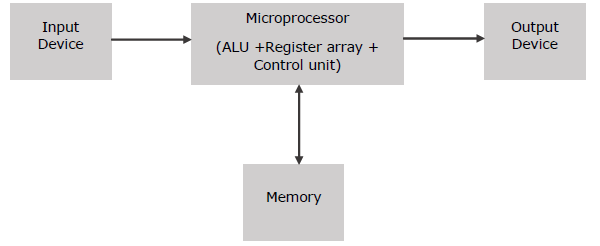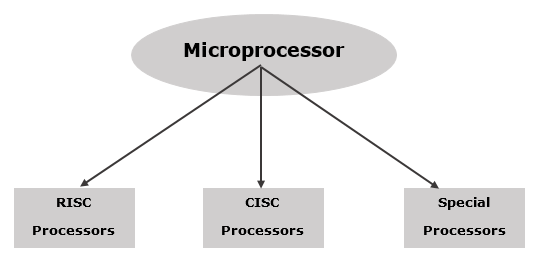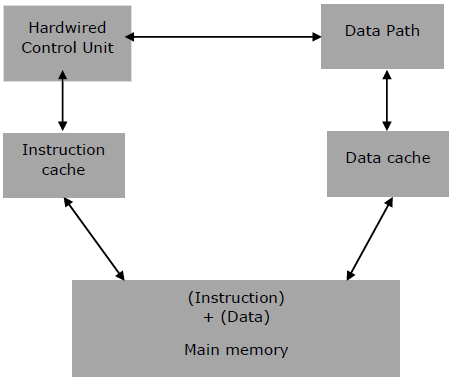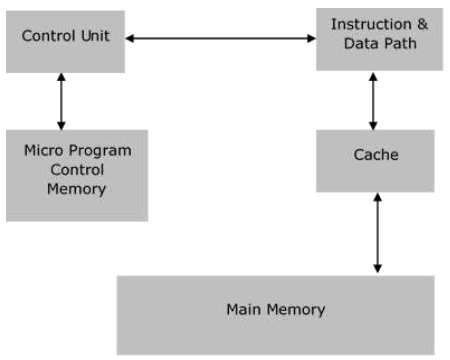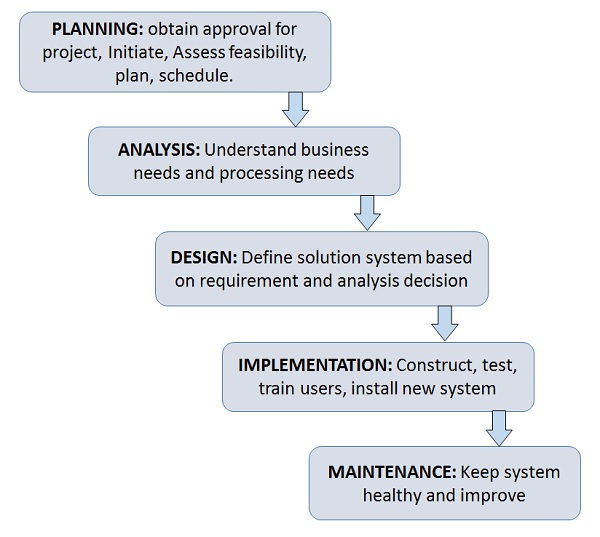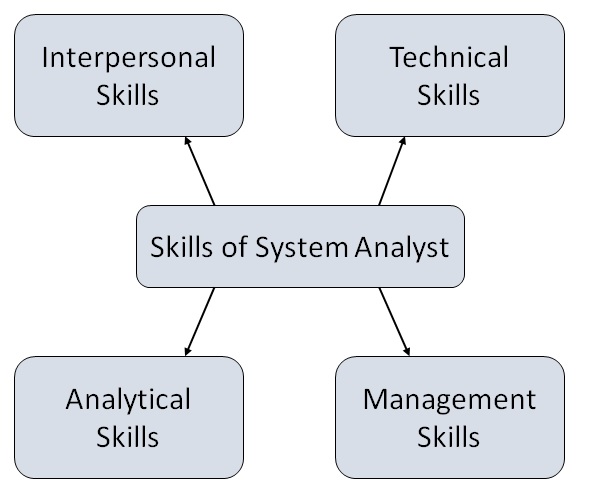'CPTC' Question paper of 3rd Sem (2017)
April 30, 2020
'CPTC' Question paper of 3rd Sem (2017)
Question bank of CPTC
Sub Code: - 1600302
2017 (Odd)
Time : 3Hrs
Sem. III / CSE
C.P.T ‘C’
Full Marks : 70
Pass marks : 28
Group A
(i) By default a function return a value of type
(a) Int
(b) Char
(c) Void
(d) None of these
(ii) What will be the value of "x" after executing the program ?
void main()
{
int x
x= printf("sbte");
printf ("x=%d" x);
}
(a) x=15
(b) x=0
(c) garbage
(d) Error
(iii) Which of the following is not a relational operator ?
(a) !
(b) !=
(c) >=
(d) <
(iv) Which among the following is a unconditional control structure?.
(a) Do-while
(b) If-else
(c) Goto
(d) For
(v) Does logical operator in C language are evaluated with short circuit?
(a) True
(b) False
(c) Depends on Compiler
(d) None
(vi) Relational operator cannot be used on
(a) Structure
(b) Long
(c) String
(d) Flaot
(vii) Which of the following are a collection of different data-typed ?
(a) array
(b) Structure
(c) Char
(d) Al of the above
(viii) Which of the following symbol is used for condition checking?
(a) ♢
(b) →
(c) ◻
(d) none
(ix) Who is the father of C language
(a) Charles Babage
(b) Dennis Ritchie
(c) Yaswant Kanetkar
(d) None of these
(x) C programme are converted into machine language with the help of
(a) An editor
(b) Compiler
(c) Operating System
(d) None
(xi) Standard ANSI C has……………number of keywords?
(a) 30
(b) 32
(c) 24
(d) 36
(xii) A "C" variable standard start with
(a) Number
(b) Special Symbol other than underscore
(c) Both (a) and (b)
(d) An alphabet
(xiii) Which of the following is bitwise operator
(a) &&
(b) }}
(c) !=
(d) &
(xiv) Select the odd one out with respect to type
(a) Char
(b) Int
(c) Long
(d) Float
(xv) Which of the following can never be sent by call-by-value ?
(a) Variable
(b) Array
(c) Structure
(d) Both (b) and (c)
(xvi) Which type of variable can have same name in different function
(a) Global variable
(b) Static Variable
(c) Function argument
(d) Both (b) and (c)
(xvii) For 16-bits compile allowable range for integer constant …….is
(a) -3.Ge38.to 3.Ge38
(b) -32767 to 32768
(c) - 32768 to 32767
(d) -32668 to 32667
(xviii) Which of the following is correct hierarchy of arithmetic operation in C.
(a) /+*-
(b) *-/+
(c) +-/+
(d) /+-
(xix) Collection of similar data type is……………………
(a) Array
(b) Structure
(c) Vector
(d) None of the above
(xx) Which operator are known as ternary operator ?
(a) : : , ?
(b) & &
(c) ? :
(d) None of the above
Group B
➥ Answer all Five Questions: - (5*4=20)2. Define flow chart, flow chart symbol and its importance.
OR
Write a C program to check odd or even3. Write a C program to swap the value of the variable without using temporary variable
OR
Write syntax of if-else statement with program4. Define array and show how to declare 2D array in C language.
OR
Write down the different between pointer and array5. Write a C program to check Armstrong number.
OR
Write a C program to find largest of group of any number using array.6. Explain arithmetic, relational operator in c
OR
What is an operator ? explain logical and assignment operator.
Group C
➥ Answer all five question: - (5*6=30)7. Write a C program to read a matrix and print its transpose using array.
OR
Write a C program to addition of two matrix8. Write a program to test the given no. is prime or not.
OR
Write a program to find GCD of two numbers using recursion9. Explain call by value and call by reference with suitable example
OR
Write a C program to show the following patter:A
ABC
ABCDE
ABCDEFG
ABCDEFGHI
10. Explain switch statement with syntax and example.
OR
Write a program in C to find the area of and perimeter of a circle using switch case.11. Write a C program to calculate factorial and also check even or odd number using function
OR
State the declaration syntax of pointer , and pointer initialization with example
∎ By- Md Altaf Raja (CSE)
